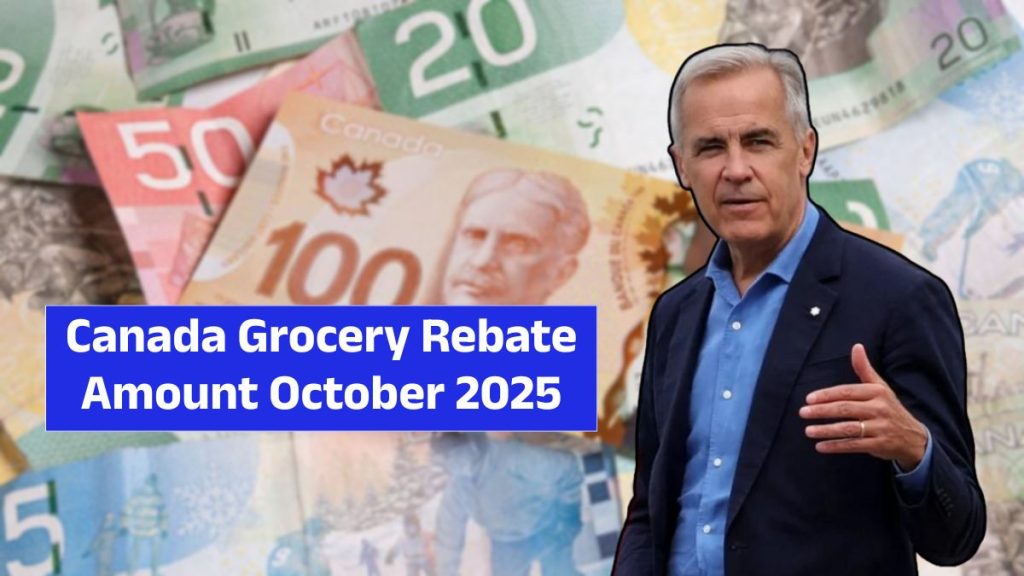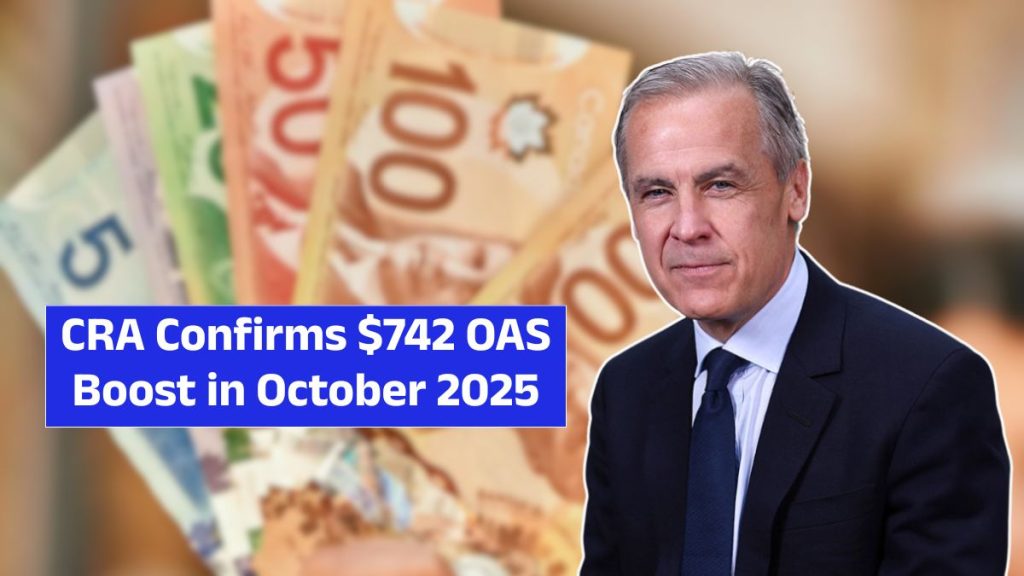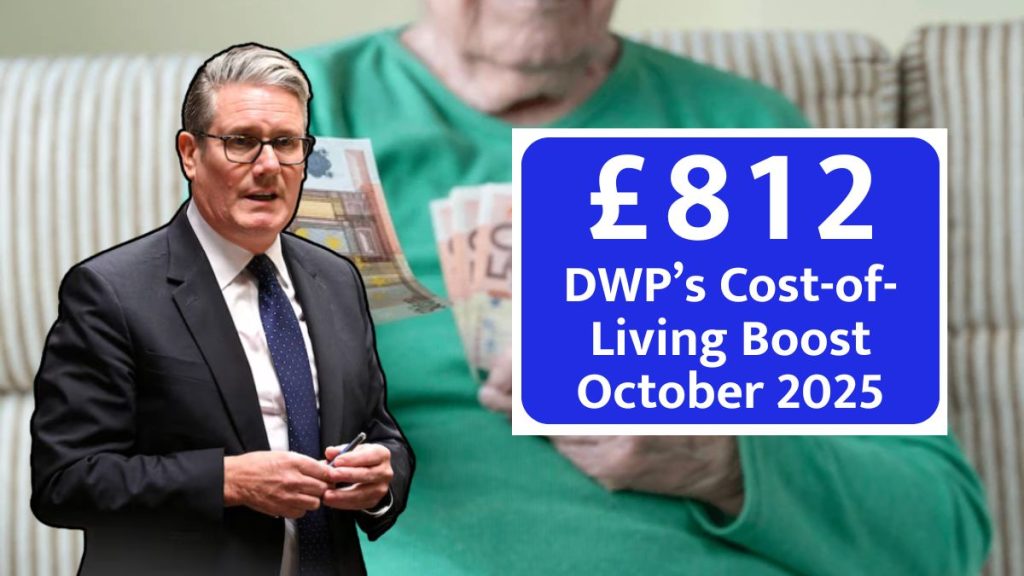The Department for Work and Pensions (DWP) has confirmed its annual benefits increase for 2025, providing a crucial lifeline for millions of households across the UK. This yearly adjustment follows the government’s inflation-linked uprating rules, ensuring that benefits rise in line with living costs.
However, headlines around a £560 monthly payment have created confusion. Many people assumed this was a new benefit, but in reality, it reflects the monthly total for certain claimants, calculated by multiplying weekly entitlements by four. Understanding which groups receive this figure—and how increases differ across benefits—is essential to avoid misunderstanding.
Why Benefits Increased in 2025

Each April, the government reviews benefit rates and adjusts them to keep pace with inflation. For April 2025, the increase was set at 1.7%.
Although modest, this uplift provides meaningful relief against rising costs of food, housing, transport, and energy. For many households, the annual rise adds up to over £100 per year, helping cover essential bills.
The increase applies across core disability and support benefits, including:
- Employment and Support Allowance (ESA)
- Personal Independence Payment (PIP)
- Disability Living Allowance (DLA)
- Attendance Allowance
The Truth Behind the £560 Monthly Figure
The widely discussed £560 monthly sum is not a new payment. Instead, it reflects the updated ESA Support Group rate.
For example, in 2025, ESA Support Group claimants receive £140.55 per week. Multiplied by four, this equals £562 per month.
It is important to note:
- Not all ESA claimants receive this rate.
- Many PIP claimants, especially at enhanced rates, actually receive more than £700 per month.
- Other benefits such as Attendance Allowance pay less but still provide vital support.
ESA: Who Reaches the £560 Threshold?
Employment and Support Allowance (ESA) is paid to people unable to work due to illness or disability. Payments depend on whether claimants are placed in the Work-Related Activity Group (WRAG) or the Support Group.
| ESA Category | Weekly Rate 2025 | Monthly Equivalent |
|---|---|---|
| Work-Related Activity Group (WRAG) | £117.60 | £470.40 |
| Support Group | £140.55 | £562.20 |
Only those in the Support Group receive more than £560 per month. WRAG members receive less because they are expected to prepare for work-related activity.
PIP and Payments Above £560
Personal Independence Payment (PIP) is designed to help with daily living and mobility costs. It has both standard and enhanced rates.
| PIP Component | Weekly Enhanced Rate 2025 | Monthly Equivalent |
|---|---|---|
| Daily Living | £101.75 | £407.00 |
| Mobility | £79.65 | £318.60 |
| Combined Total (both enhanced) | £181.40 | £725.60 |
This shows that enhanced-rate PIP claimants receive well above £560 per month. Even standard rate recipients saw increases in April 2025, although their totals remain lower.
Disability Living Allowance and Attendance Allowance Updates
While PIP has replaced DLA for most new claimants, DLA continues for children and older adults who qualified earlier. In 2025, both care and mobility components rose slightly, giving families modest but welcome relief.
Attendance Allowance—for pensioners needing daily care support—also increased:
- Lower rate: £72.65 per week (~£290 per month)
- Higher rate: £108.55 per week (~£430 per month)
These payments do not reach the £560 level but remain critical for elderly people requiring extra care.
Groups Most Affected by the 2025 Changes
The impact of the benefits rise differs across groups:
- ESA Support Group claimants – most closely tied to the £560 monthly figure.
- PIP enhanced rate recipients – many now receive over £700 per month.
- DLA claimants – families with disabled children saw smaller uplifts.
- Attendance Allowance recipients – pensioners benefited from lower but important increases.
This makes clear that £560 per month is not a universal payment, but a figure specific to ESA Support Group recipients.
Key Reminders for Claimants
To avoid confusion and misinformation, claimants should remember:
- The £560 monthly sum is not a new benefit, but a calculation of ESA Support Group rates.
- All increases were automatically applied in April 2025. No reapplication was needed.
- Payment amounts vary widely by benefit type and entitlement level.
- Claimants receive official letters from DWP confirming their exact new rates.
Why These Adjustments Matter
While a 1.7% increase may appear small, it provides real help for vulnerable groups facing higher living costs.
For disabled people, pensioners, and families, even modest increases help cover food, heating, rent, or transport. The £560 figure has become a talking point, but the reality is that many claimants—particularly those on enhanced PIP—receive more, while others rely on smaller but essential sums.
FAQs on the 2025 Benefits Increase
Q1: Is the £560 monthly payment a new benefit?
No. It represents the monthly total for ESA Support Group claimants in 2025.
Q2: Who qualifies for the £560 payment?
Only those in the ESA Support Group reach this figure. Other claimants receive different amounts depending on their entitlement.
Q3: How much do PIP claimants get in 2025?
Enhanced-rate PIP recipients can receive up to £725 per month for daily living and mobility combined.
Q4: Do Attendance Allowance claimants get £560 per month?
No. Their payments range from about £290 to £430 per month, depending on whether they qualify for the lower or higher rate.
Q5: Do I need to reapply to get the increased benefit rates in 2025?
No. Increases were applied automatically in April 2025. Claimants do not need to reapply.













